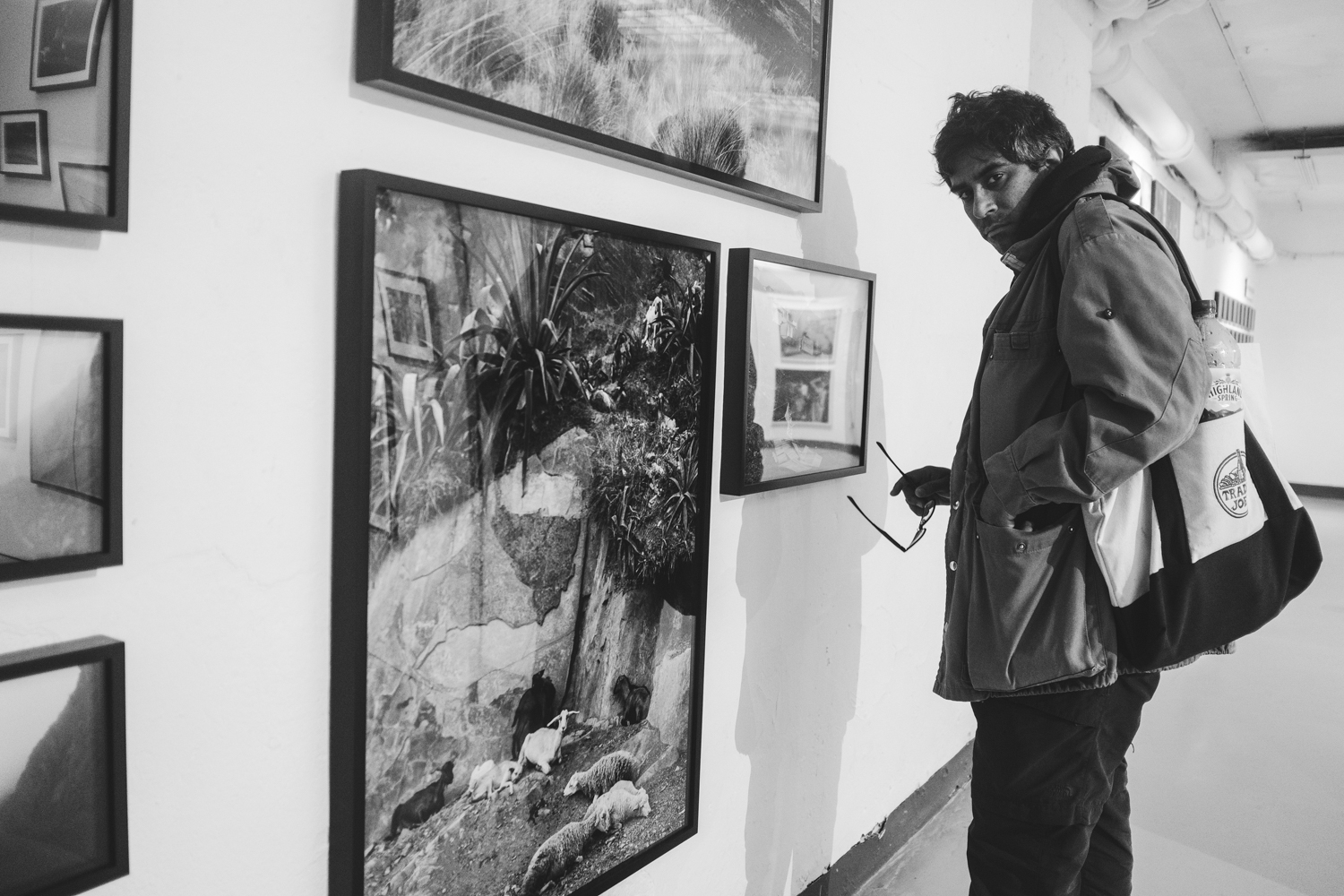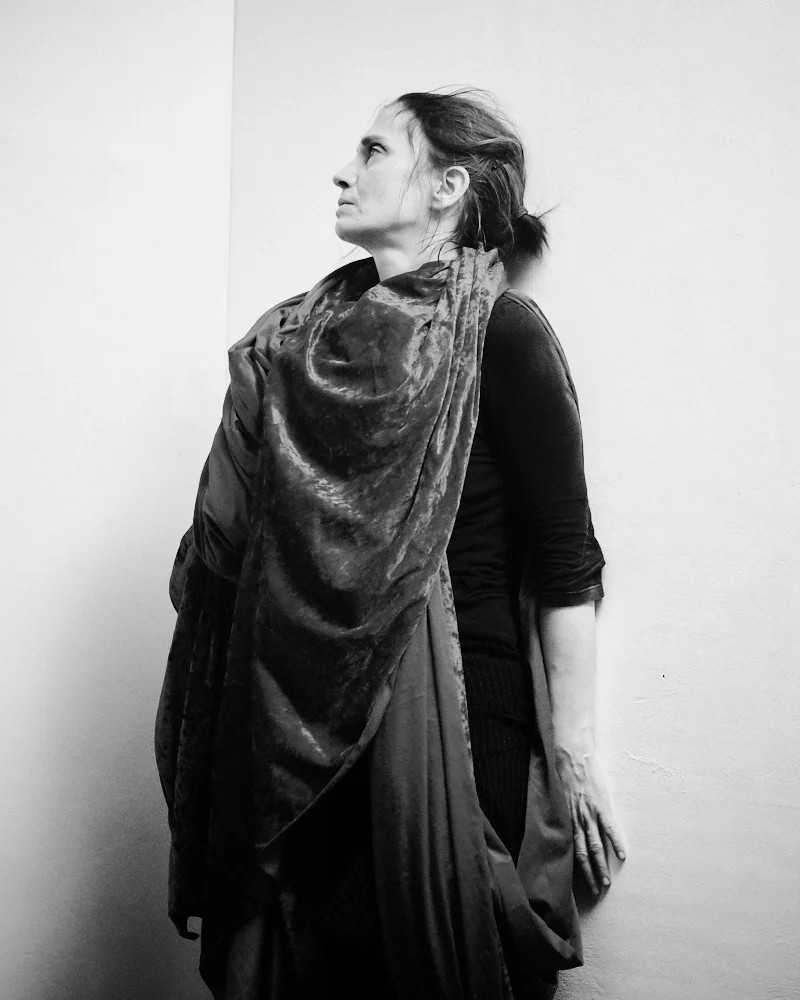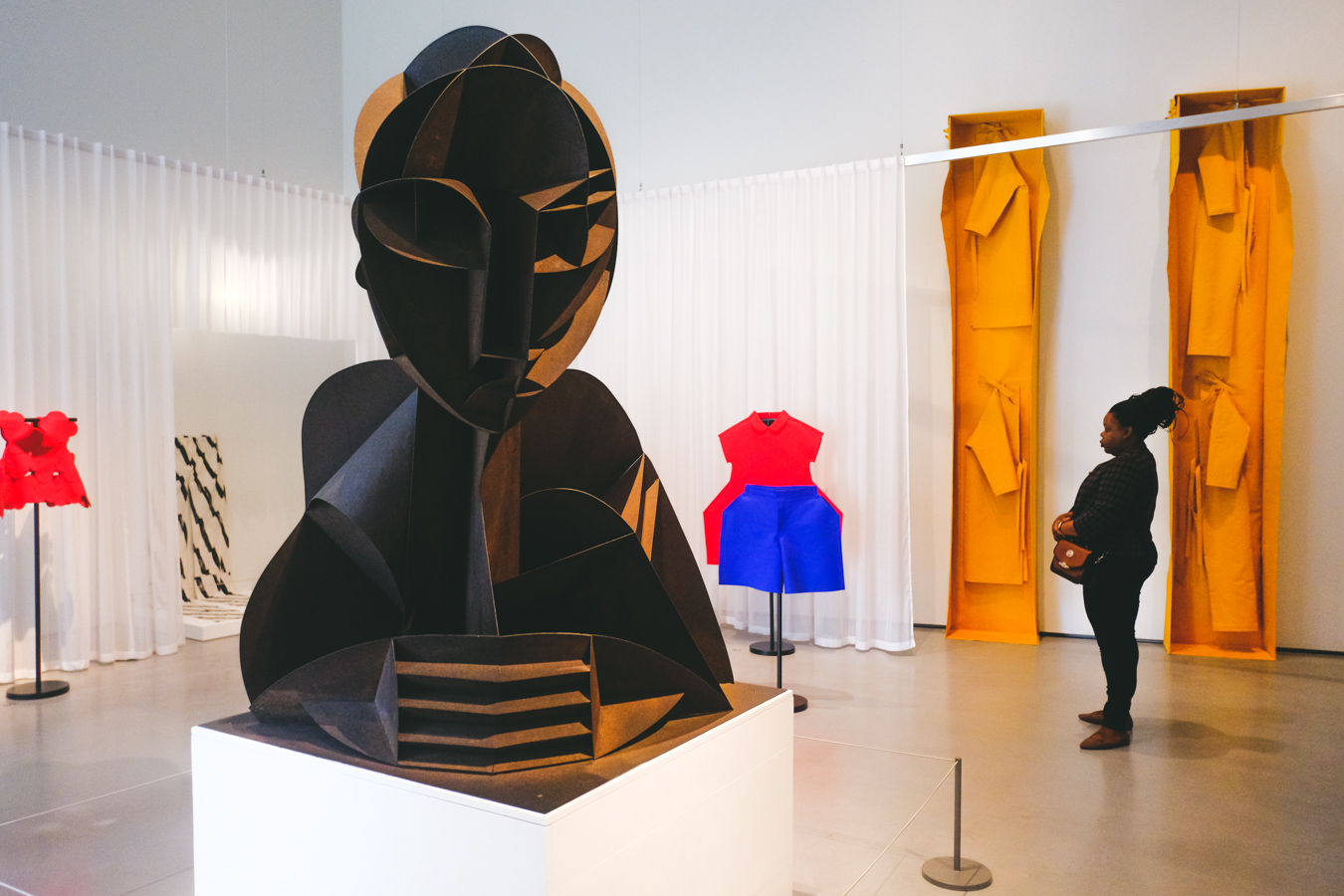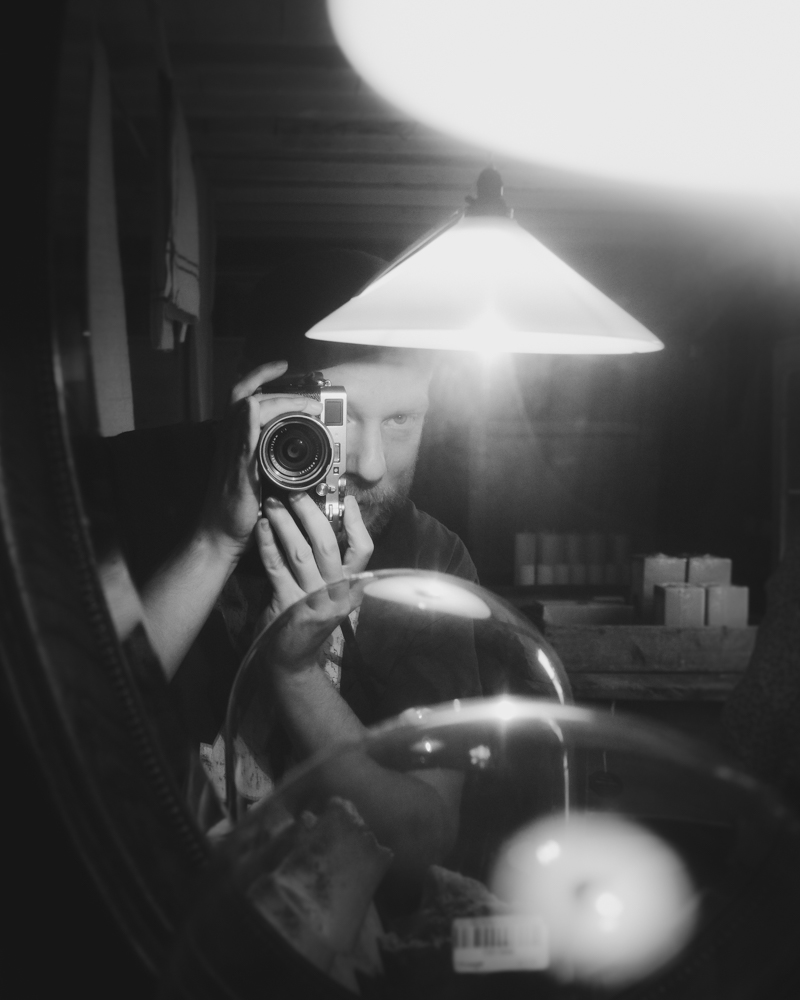Shot with the X100F and WCL-X100
A couple of weeks ago I was down in London to see an exhibition born of a joint project between the Magnum collective and Fujifilm. Sixteen Magnum photographers captured images on the subject of 'Home' using the new Fujifilm GFX 50s - a medium digital format camera. Some documented their home and their studio, others a country. There were photographs of beach houses and there were photographs of refugee centres. For some, the notion of home was on the road. For others, family.
Naturally I jumped at the chance to see new work by some of my favourite photographers such as Alec Soth, Jonas Bendikson and Allesandra Sanguinetti. You can read full details about the exhibition at the Magnum Photos website and I also have a small preview write-up of the exhibition in my previous blog post about Magnum photographer David Hurn.
It was a rewarding experience, but then that's no surprise when you're talking about Magnum. I found deep connection in Sanguinetti's document of a return to her childhood home in Buenos Aires, featuring the passage of time and those icons of memory; the chain on the door, the cork board photographs and the painting of two sisters. Those odd fragments that make a whole in remembrance. And while Trente Parke and David Alan Harvey had gorgeous, huge prints on the wall I really enjoyed Thomas Dworzak's small prints regarding his late acquired need to reconnect with his childhood 'Heimat', the Bavarian home he later abandoned for his sometimes violent adventures as a Magnum war photographer. There's a beautiful one of an old lady dancing in the rain after a hot day. It showed the importance of the small, intimate print as well. A camera can be a powerhouse, but unless there's no emotional connection then what's the point? There was nothing glossy or processed about Dworzak's shots, indeed there's nothing that would satisfy a slick promotional brochure for the GFX. But they have a quiet impact, they linger in the mind.
If I had to choose, for me Elliot Erwitt's photographs were the winner. He kept it fairly simple, just photographs from around his apartment and studio in New York City, and his house in East Hampton. The humour that Erwitt brought to his book 'Dog Dogs' is still there, and there's a lot of fun to be had peeking at all the mementos he's assembled from his long and illustrious Magnum career. The photographs are playful, affectionate and beautifully composed and it's a pleasure to see that the master has still got it. And hey, the black and white is just gorgeous.
In all it was a fine showcase for the camera, proving it to be rather cut-out for documentary photography thanks to it's ability to produce large, clean prints whilst at the same time maintaining a low, quiet profile. And yet once again the sheer quality of the work proves that it's not the camera that counts, but the eye behind the camera. The GFX 50s is just another tool for the Magnum photographer, a group who stick behind their tried-and-tested favourites, rather than chase the latest shiny camera release.
You can buy the book 'Home' from the Magnum store. It's well worth the purchase and having spent a long time amassing classic books by the old 'masters' it was refreshing to get some modern work on my shelves. Finally, I strongly recommend everyone to go and follow Magnum on both Instagram and Twitter. You're pretty much guaranteed incredible photographs, every day. A big thank you to both Fujifilm and Magnum for a memorable exhibition.




































